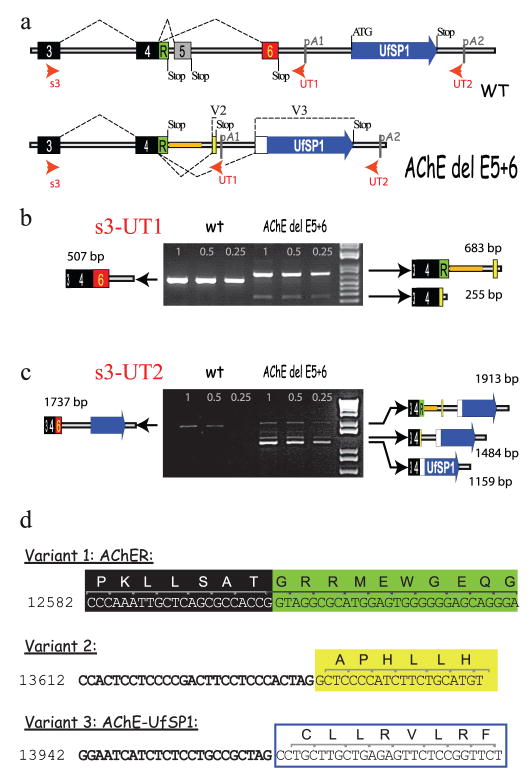Figure 7. Unique alternative splice variants in the AChE del E5+6 knockout mouse.
a) Maps of the AChE gene with alternative splice variants for the WT and AChE del E5+6 knockout show that in the knockout exons 5 and 6 are deleted and replaced by a short sequence used in the generation of the knockout (orange bar). The predicted mature protein produced by the knockout comes from AChER cDNA corresponding to the absence of splicing after exon 4, retaining 3′ genomic sequence. Two alternative splice variants, named variant 2 and 3, were identified in the AChE del E5+6−/− knockout, and are shown. Note that there are two potential signals for poly-adenylation.
b) Semi-quantitative RT-PCR with s3 and UT1 primers. In WT, s3-UT1 amplified a single PCR product of 507 bp (3+4+6) corresponding to the AChET mRNA isoform. As expected, this band is absent in AChE del 5+6 knockout, but we detected two bands of 683 bp and 255 bp. The 683 bp band reflects the predicted unspliced AChER form (3+4+R), whereas the 255 bp product corresponds to splice variant 2. Quantification of the bands shows that AChER represents ~20% of WT mRNA levels (set as 100%), while variant 2 represented only ~3%. c) Semi-quantitative RT-PCR with s3 and UT2 primers. We found a single band of 1737 bp in the WT (AChET) and a novel band of 1159 bp (variant 3, fusion of AChE with UfSP1) in the AChE del5+6 knockout.
c) Semi-quantitative RT-PCR with s3 and UT2 primers. We found a single band of 1737 bp in the WT (AChET) and a novel band of 1159 bp (variant 3, fusion of AChE with UfSP1) in the AChE del5+6 knockout.
d) The exact locations of splice acceptor sites found in the AChE del E5+6 knockout by RT-PCR and sequencing are shown. Potential translated amino acid sequence is shown above the DNA sequence. Numbering comes from the reference sequence (AF312033.1) (Wilson et al., 2001).

